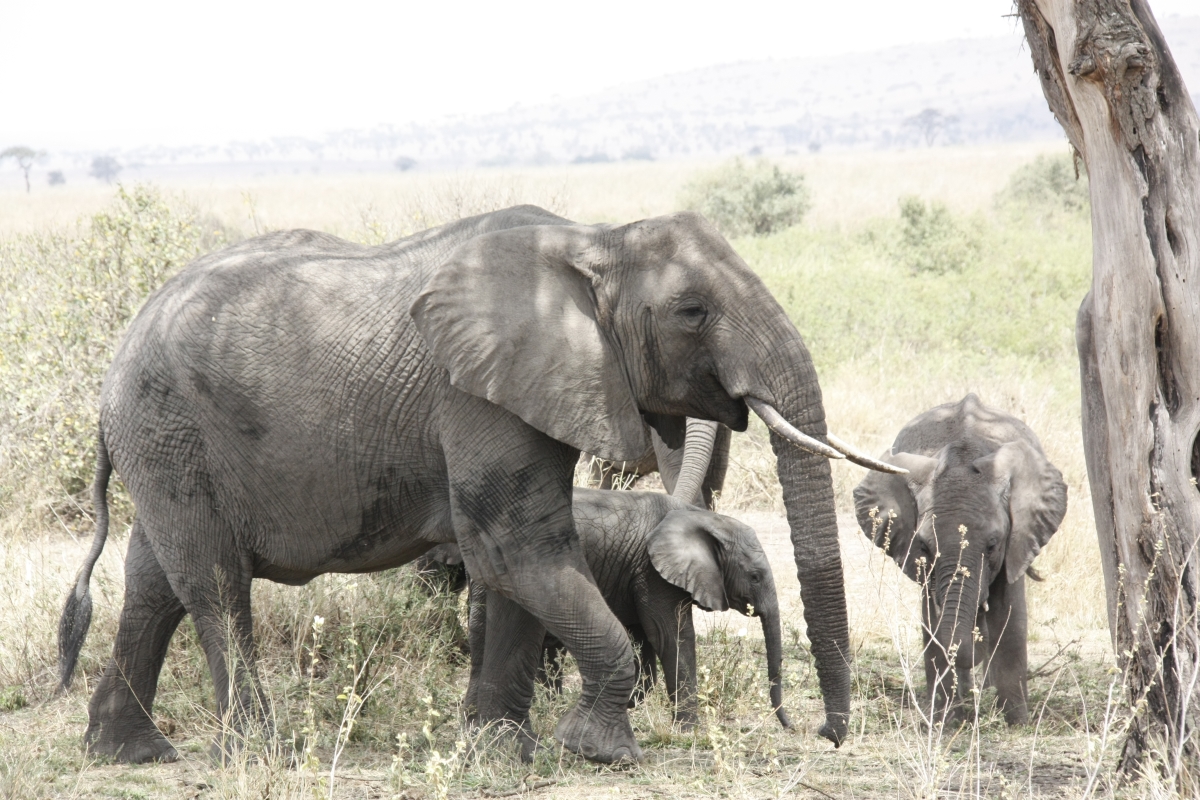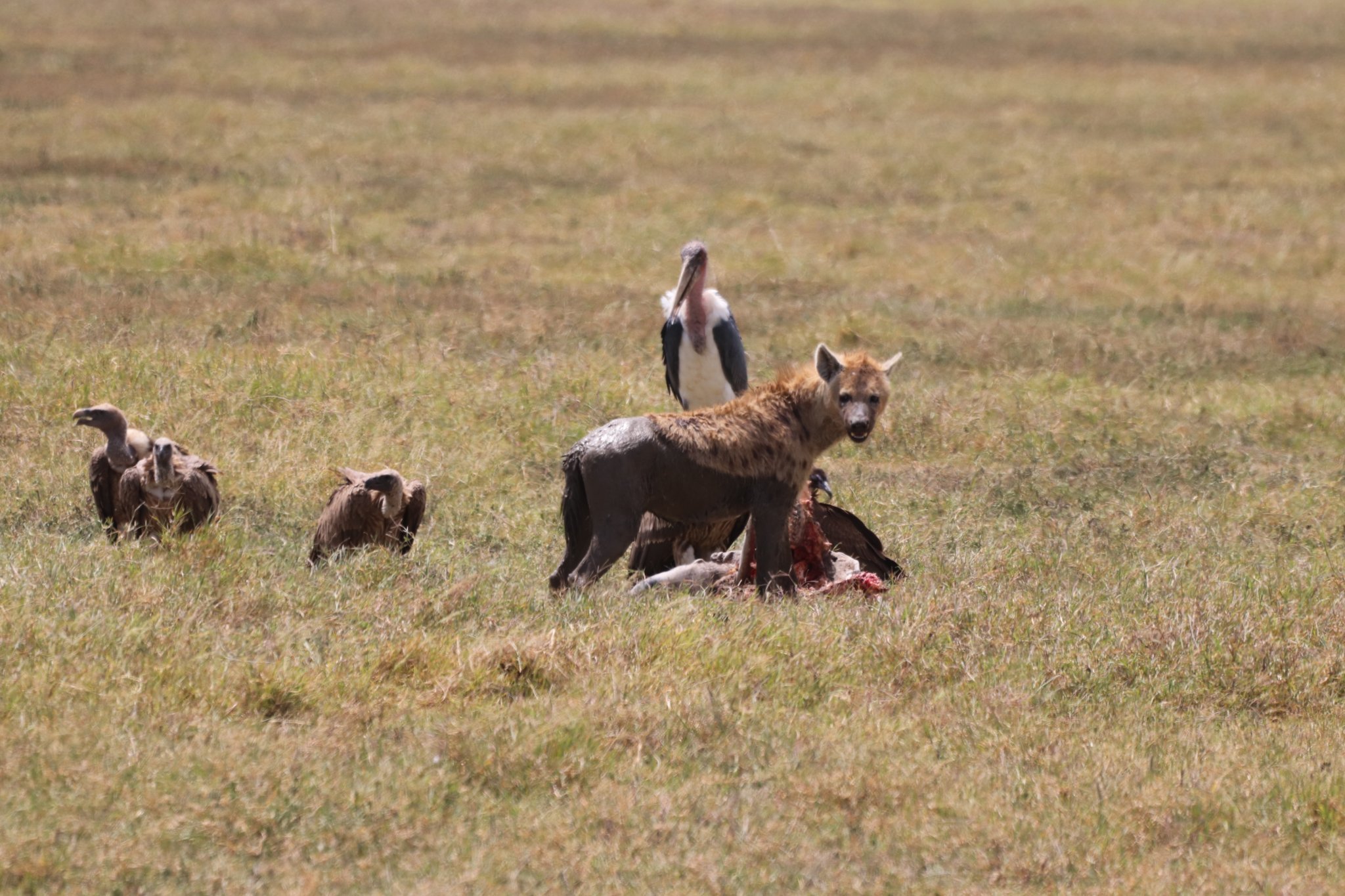Tarangire National Park is one of Tanzania’s hidden gems, renowned for its diverse ecosystems, rich wildlife, and stunning landscapes. Located just a short drive from Arusha, Tarangire is often less crowded than other popular parks, providing visitors with an intimate wildlife experience. Here’s everything you need to know for planning your trip to Tarangire National Park.
Location and Geography
- Location: Tarangire National Park is situated in the Manyara Region of Tanzania, approximately 120 kilometers (75 miles) southwest of Arusha.
- Size: The park covers an area of about 2,850 square kilometers (1,100 square miles).
- Landscape: Tarangire is characterized by a mix of savannah, acacia woodlands, baobab trees, and seasonal swamps. The Tarangire River runs through the park, providing a vital water source for wildlife, especially during the dry season.
Wildlife and Biodiversity
Tarangire National Park is renowned for its rich biodiversity and is home to a variety of wildlife, including:
- Large Mammals: The park is famous for its large populations of elephants, with herds often numbering in the hundreds. Tarangire is one of the best places in Tanzania to see these majestic creatures.
- Big Cats: Lions, leopards, and cheetahs are frequently spotted in the park, providing thrilling opportunities for wildlife viewing.
- Other Wildlife: Visitors can also see zebras, wildebeests, giraffes, buffaloes, and various species of antelope, such as elands and Grant’s gazelles.
- Birds: Tarangire is a birdwatcher’s paradise, with over 500 bird species recorded, including migratory birds. Notable species include the secretary bird, yellow-collared lovebird, and African grey hornbill.
Activities in Tarangire National Park
- Game Drives: Guided game drives are the most popular way to explore Tarangire. Morning and late afternoon drives offer the best chances to spot wildlife, as animals are more active during cooler hours.
- Walking Safaris: Experience the park up close with guided walking safaris. This activity allows visitors to learn about the ecosystem, tracks, and signs of wildlife while exploring the park’s natural beauty.
- Birdwatching: With its diverse habitats, Tarangire is an excellent destination for birdwatching. Whether you’re an avid birder or a casual observer, you’ll find plenty of opportunities to spot unique species.
- Photography: The stunning landscapes and abundant wildlife make Tarangire an ideal location for photography, especially during sunrise and sunset when the light is particularly beautiful.
- Cultural Visits: Engage with local Maasai communities surrounding the park. Cultural experiences can include traditional dances, crafts, and insights into the Maasai way of life.
Best Time to Visit
- Dry Season (June to October): The best time for wildlife viewing, as animals gather around the Tarangire River and waterholes. The dry conditions make it easier to spot wildlife in the open savannah.
- Wet Season (November to May): The park transforms into a lush paradise, attracting migratory birds and newborn animals. This is also the best time for seeing large herds of elephants. However, some roads may become impassable due to rain.
Accessibility
- Getting There: Tarangire National Park is easily accessible from Arusha, with several options for travel:
- By Road: The drive from Arusha to Tarangire takes about 2-3 hours. Many travelers opt for guided tours that include transportation.
- By Air: Charter flights are available from Arusha to airstrips within or near the park, offering a quick and scenic way to reach Tarangire.
- Park Fees: Visitors are required to pay park entrance fees, which contribute to conservation efforts. Fees vary depending on the visitor’s nationality and the duration of the stay.
Accommodation Options
Tarangire National Park offers a range of accommodation options to suit various budgets and preferences:
- Luxury Lodges: Several high-end lodges are located within or near the park, offering stunning views, gourmet dining, and exceptional service.
- Tented Camps: For a unique experience, consider staying at a tented camp that combines comfort with the thrill of being closer to nature.
- Budget Campsites: For those seeking a more adventurous experience, budget campsites are available, providing basic amenities and a chance to camp under the stars.
Conservation and Responsible Tourism
At Tarangire National Park, conservation is a priority. Responsible tourism practices help preserve the park’s unique ecosystems and wildlife:
- Respect Wildlife: Maintain a safe distance from animals and never feed or provoke them. Always follow your guide’s instructions regarding wildlife encounters.
- Stay on Designated Paths: Whether on game drives or walking safaris, staying on marked trails helps protect the fragile environment.
- Support Local Communities: Consider engaging in cultural experiences and purchasing locally made products to support the communities surrounding the park.
Conclusion
Tarangire National Park is a captivating destination that offers an exceptional wildlife experience and breathtaking landscapes. Whether you’re on a thrilling game drive, engaging with local cultures, or simply soaking in the stunning scenery, your visit to Tarangire will be unforgettable.
At Royal Climb and Safaris, we are dedicated to creating personalized safari experiences tailored to your preferences. With our knowledgeable guides and commitment to sustainable tourism, we ensure that your adventure in Tarangire National Park will be both enriching and memorable.
Ready to explore the wonders of Tarangire National Park? Contact Royal Climb and Safaris today to start planning your unforgettable safari experience!




